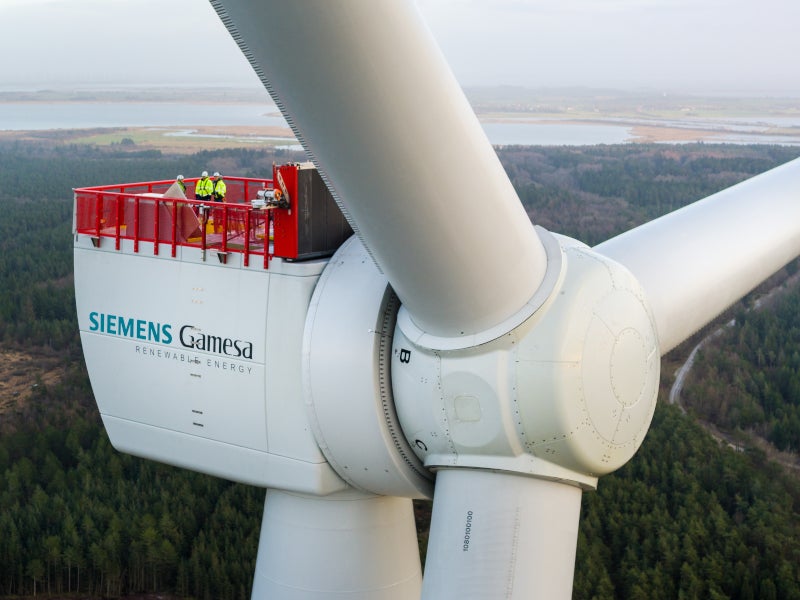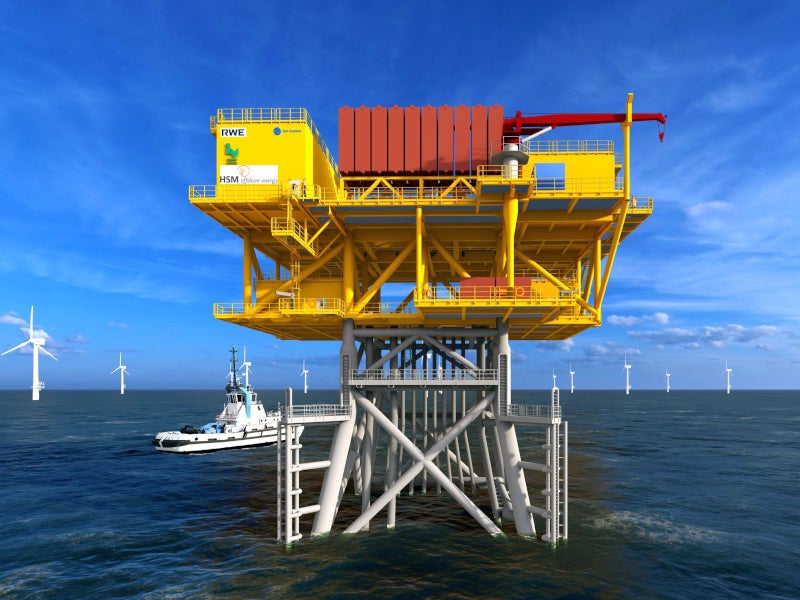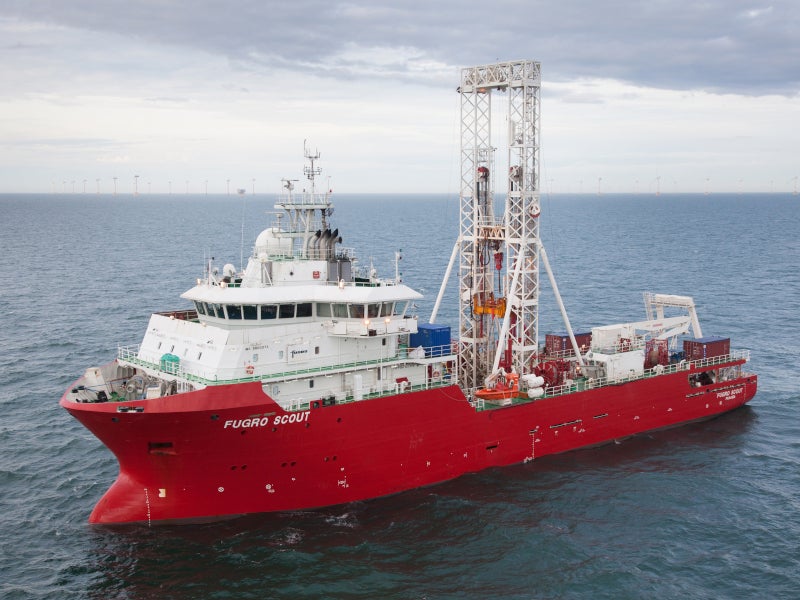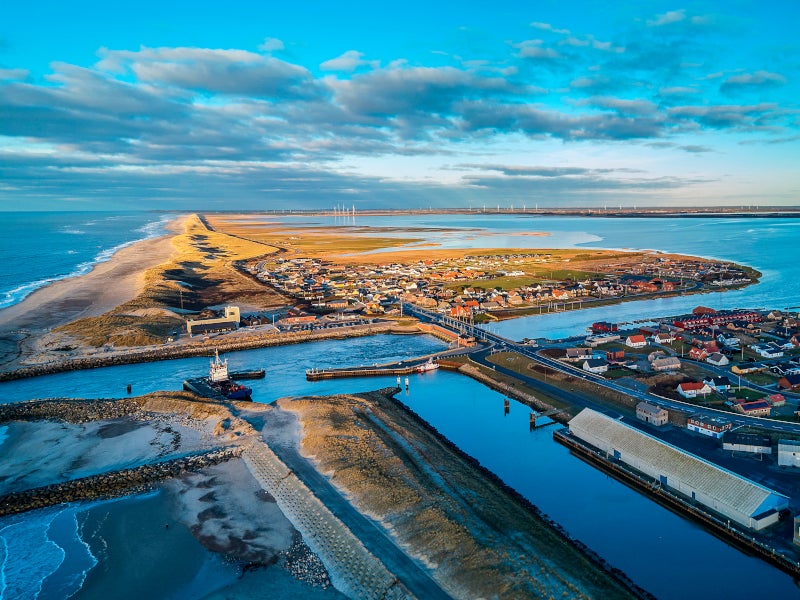The 1GW Thor offshore wind farm is planned to be developed approximately 22km from Thorsminde, off the west coast of Jutland, Denmark. It is anticipated to be the biggest offshore wind farm in the country.
Thor is the first of three new offshore wind farms planned to be developed in Denmark. RWE Renewables, a subsidiary of Germany-based energy utility company RWE, is developing the project. The decision to develop the wind farm was made in June 2018 under the Danish Energy Agreement.
In January 2022, RWE won the tender to build the project and signed a concession agreement with the Danish Energy Agency (Energistyrelsen) to build and operate the project for 30 years. The wind farm is expected to require an investment of kr15.5bn ($2.36bn).
The power produced by the wind farm will meet the needs of more than one million households. The project will also support the local economy. As well as providing employment opportunities, it is expected to generate kr2.8bn ($42.58m) for the Danish Government.
The project will enable RWE to increase its global offshore wind capacity from 2.4GW to 8GW by 2030.
Thor wind farm make-up
The Thor wind farm project will feature 72 SG 14-236 DD offshore wind turbines, which will be installed on jacket foundations in a water depth of 27m.
Each SG 14-236 DD wind turbine will be able to generate 14MW of electricity. The turbines will have a rotor diameter of 236m, swept area of 43,500m² (468,230ft²) and blade length of 115m.
The turbines are based on IntegralBlade® technology, which enables them to generate 30% more annual energy compared to the SG 11.0-200 DD turbine.
Two new 220kV electrical substations will be developed for the project, one onshore and one offshore.
Construction details
Geotechnical site investigations for the projects started in July 2022. The soil study at the site will contribute to the design and installation of the cable system.
Installation of the jacket foundation and offshore substation is anticipated to commence in 2025, while turbine installation is expected to start in 2026.
Commissioning and testing of the offshore substation are expected to take place in 2026.
In April 2022, RWE signed a letter of intent to develop a service station at the Port of Thorsminde for the operation and maintenance of the wind farm. The service base will be operational by 2026 and will support the project for at least 30 years.
Grid connection
The wind farm is planned to be connected to the transmission system of Energinet, Denmark’s national transmission system operator.
Energinet agreed to construct two new electrical substations for the wind farm in April 2022. The operator will build a new offshore substation in Idomlund as part of its plans to convert an existing 400kV station. Construction of the substation is expected to commence in 2023.
A new 220kV point of connection substation at Volder Mark is also planned. The power will be transferred to the grid from here.
Underground cables measuring 28km long will be laid to connect the two substations.
Contractors involved
Siemens Gamesa Renewable Energy, a subsidiary of energy company Siemens Energy, was selected as the preferred wind turbine supplier for the project in January 2023. It will supply 72 SG14-236 DD offshore wind turbines for the wind farm. The contract also includes a service agreement for the wind turbines.
Siemens Energy was chosen as the preferred supplier for the project’s onshore substation. It will work with Højgaard Danmark, a construction company based in Denmark, to complete the construction activities.
HSM Offshore Energy, an energy solution provider based in the Netherlands, was contracted to provide engineering, procurement, construction, installation and commissioning services for the high-voltage offshore substation and its jacket foundation.
Geo-data specialist Fugro was contracted by RWE to undertake geotechnical site investigations.
Energinet appointed Ramboll, an engineering, architecture and consultancy company, to carry out the strategic environmental assessment (SEA) process for the project.







